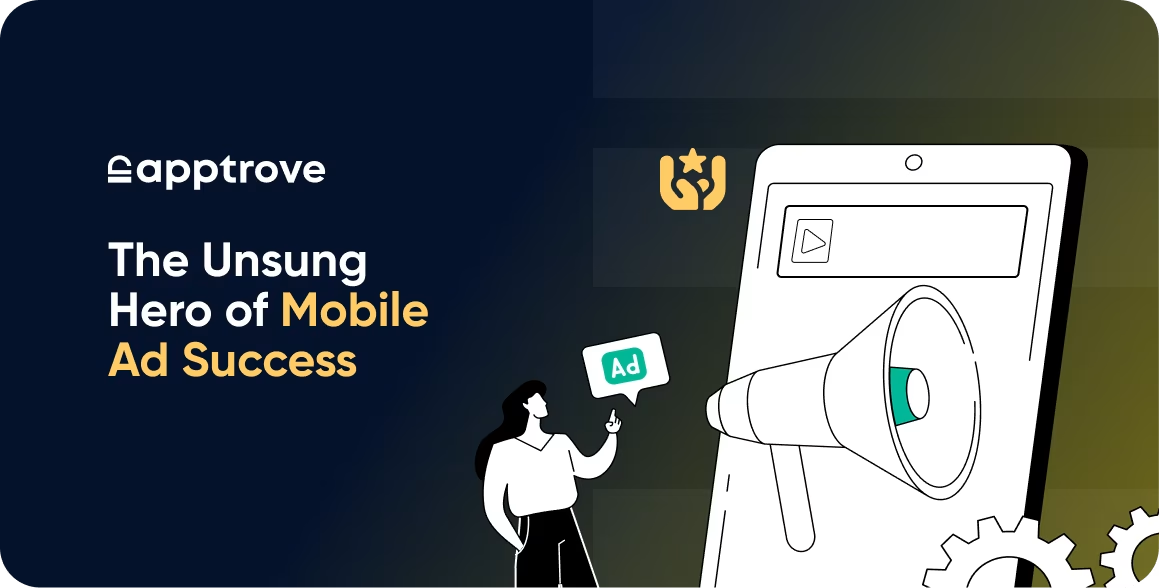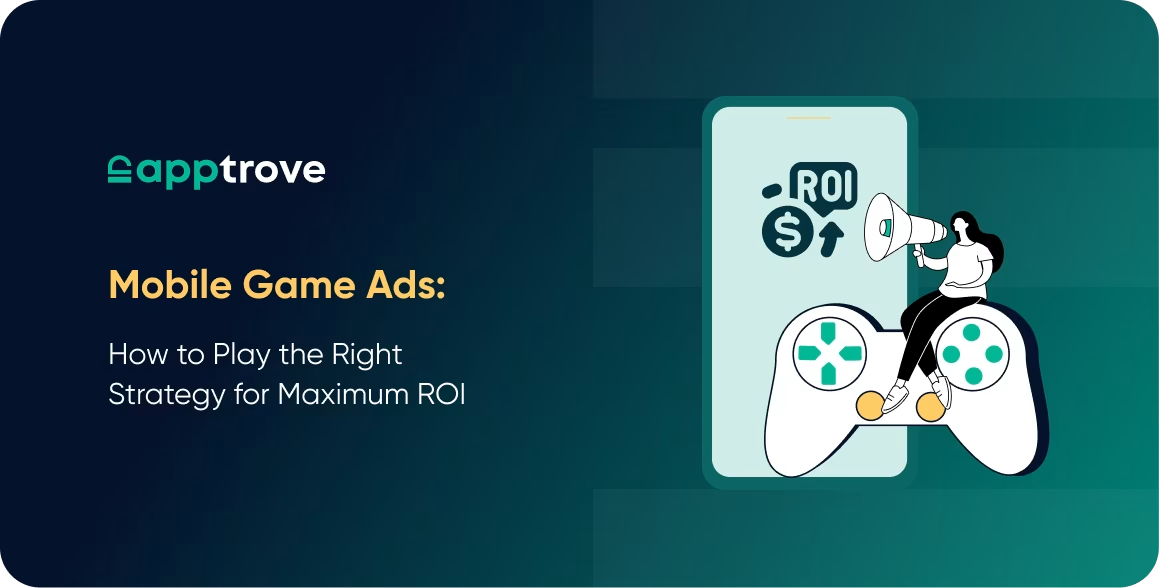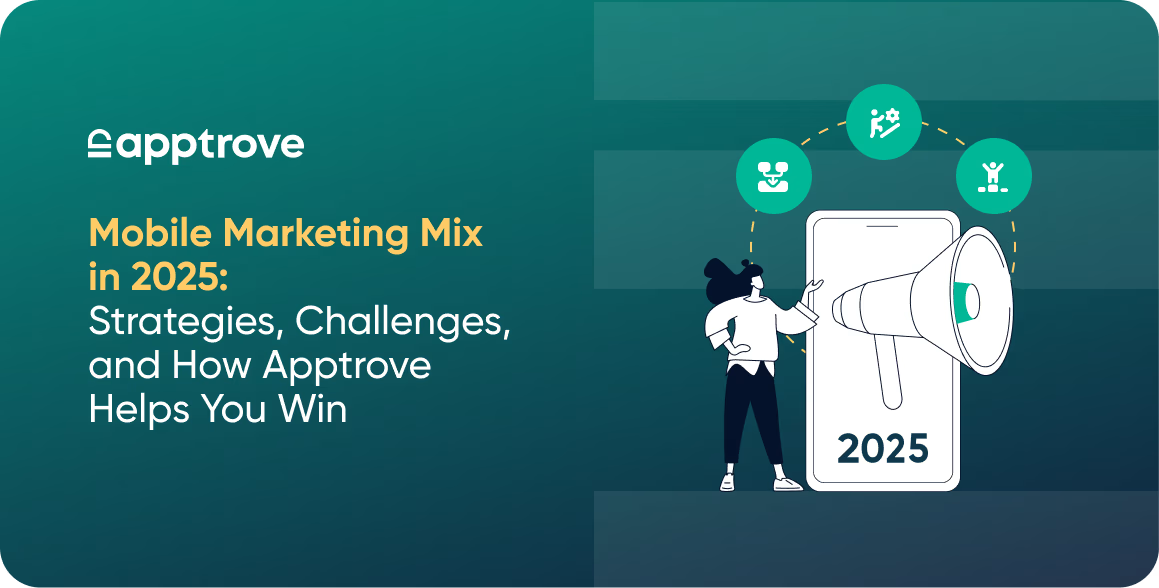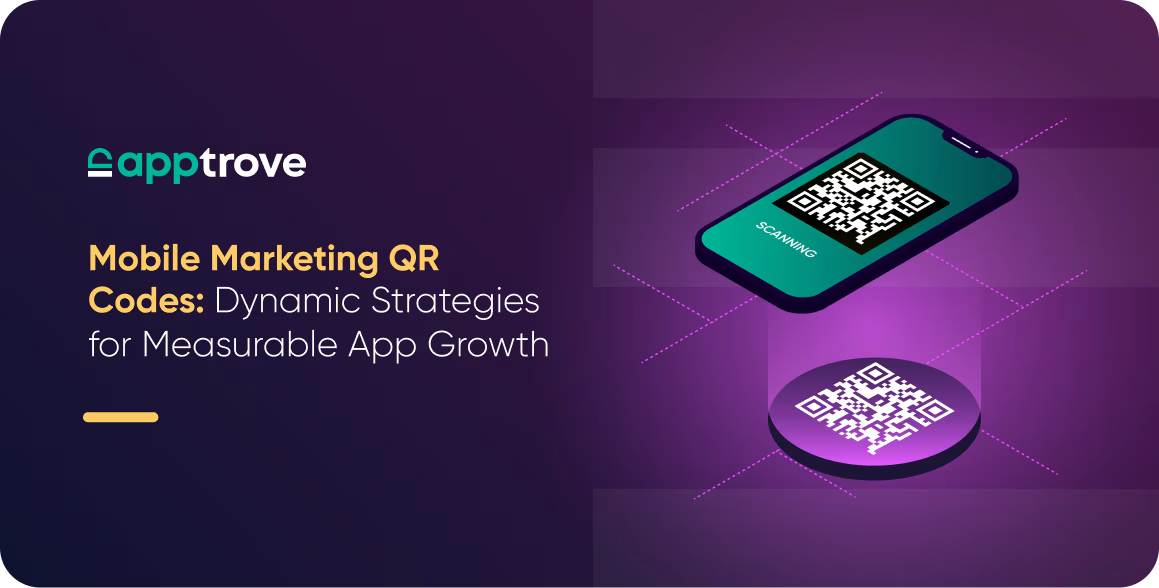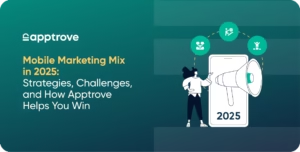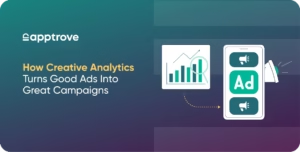You’ve got the right product. Your targeting is dialed in. Your budget is set. But what if your ads still aren’t converting? In mobile marketing, this happens more often than not. And the reason is surprisingly simple: your creative isn’t doing its job. That’s where creative testing comes in.
Creative testing is how to unlock your desired results, whether you are a solo app developer or you lead performance marketing at scale. It is also a must in the present day fast-paced mobile advertising world.
Creative testing will make sure that your message is not only viewed but it is absorbed. It can take you closer to your audience so that you can speak to them in a manner that is well-received and makes them act. It can be described as the stage to take your app into the limelight and count that moment.
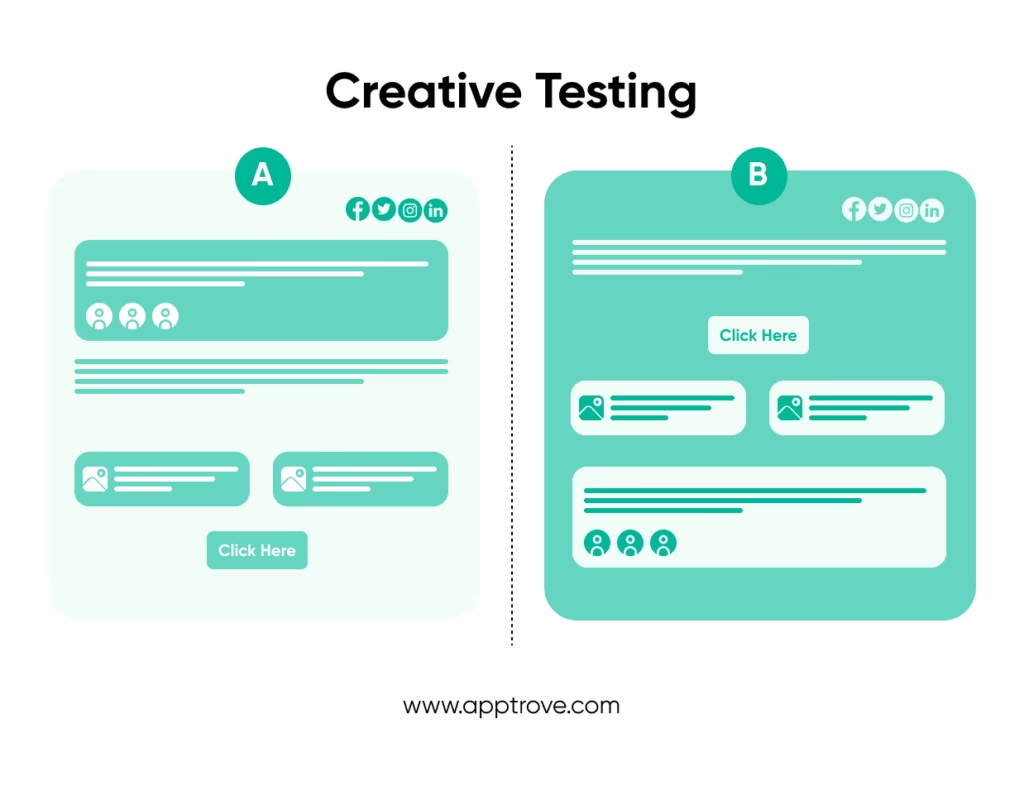
What Is Creative Testing?
Creative testing is the process of experimenting with different versions of your ad creatives to find what works best. You make a hypothesis, e.g. that a certain call-to-action will have a better conversion rate or that people prefer animated to plain visuals and uphold the hypothesis in terms of the actual performance. This is what characterises a strong creative testing process.
Creative testing is, in its essence, a comparison of two or more ad versions in order to understand which of them work better. It beats the difference between a little adjustment of the color, or it can be a whole rewriting of the ad copy; all the changes are quantified. Creatively done, testing helps provide results as to which stops people, which they click on, and which to install. It enables you to make educated choices as opposed to making guesses.
Why Creative Testing Is Crucial for Mobile Marketing
Unless you are testing, you are guessing. And those guesses can become very expensive in mobile advertising.
Let us break down some reasons why creative testing should be at the top of your to-do list:
- User attention is fleeting. Testing helps you create thumb-stopping ads.
- Creative impacts ROI. According to Nielsen, creative contributes 56% of a campaign’s sales ROI.
- One size never fits all. What works on Instagram may flop on YouTube.
- Audiences evolve. Testing lets you stay relevant as preferences shift.
Even Google said a campaign’s creative factors contribute to 70% of its performance. Therefore, when the ad is not converting, the issue may not always be your targeting or bid, it could be the actual creative.
Finally, creative testing strategies will help you to keep performance consistent as well. Testing will allow us to stay ahead of ad fatigue, audience blindness, and shifting user interest.
How Creative Testing Improves User Acquisition
The connection between creative testing and user acquisition is straight forward. The right users are attracted by the right price, through strong creatives.
When you are having a systematic test:
- You determine which content visuals and messages convert.
- You avoid spending money on poorly performing advertisement.
- You increase the install rates and lower your CPI.
- You attract better quality user with longer and increased participation.
That is the reason a well-developed creative testing methodology would be the difference maker.
There is performance testing; there is also creative testing in performance marketing which minimizes the guessing process. You will be able to make more use of ad impressions conversion engagement and gradate more powerful acquisition funnels by knowing which images and messages will strike the right chord.
Apptrove assists you in monitoring all these data, be it creative or conversion. In that way, you can see which advertisement is generating actual growth.
Types of Creative Elements You Can Test
Creative testing is something you can start without a comprehensive rebrand. Minor adjustments make great differences.
These are what you can test:
1. Aesthetic: Pics or drawings, night or day, amateur or studio-type image.
2. Copy and messaging: Benefit-oriented copy versus feature-oriented copy. Long and short headlines. Call to actions such as download now vs try free.
3. Type of format: Static images, videos, GIFs, carousels, playables. The platforms have varied preferences with regard to their formats.
4. Timing and pacing: The speed at which visuals can switch in a video. Scene number of lines. First 3 seconds Vs. last CTA.
5. Context relevance: Use of localized creatives, language used, seasonal promotions, demographic oriented messages.
These are just the right variables to use in A/B over multivariate tests over lift so as to determine the most effective factors. You may also visit multivariate ad testing and find out how users respond to the combinations of elements.
A Simple Framework to Run Creative Tests
Testing isn’t complicated, but it does need structure.
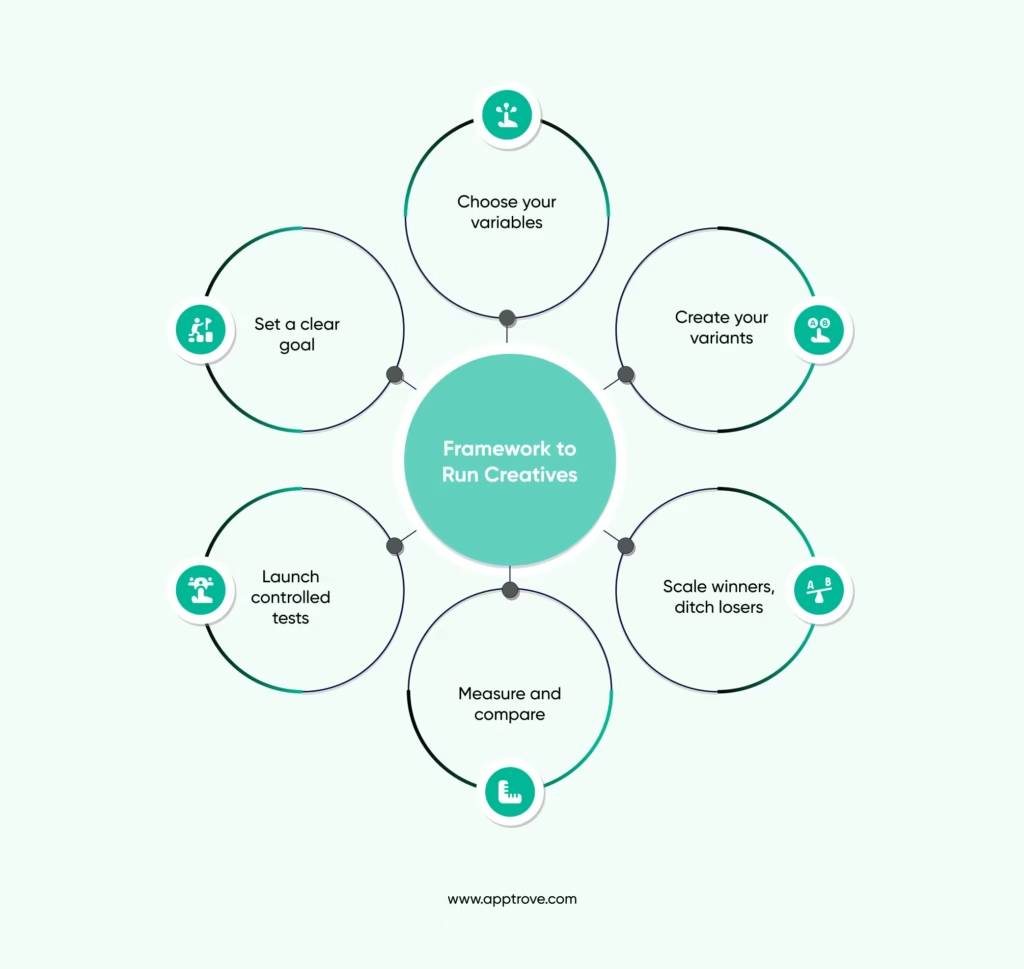
Here’s a framework:
1. Set a clear goal: Do you want more installs? Better retention? Higher click-through rates?
2. Choose your variables: Only test one or two things at a time, like CTA copy or image color.
3. Create your variants: Design 3–5 versions with clear differences.
4. Launch controlled tests: Run each variant with similar budgets, timing, and audience segments.
5. Measure and compare: Use creative testing metrics like CTR, CVR, CPI, and post-install behavior. These creative ad performance metrics help you understand user behavior at every touchpoint.
6. Scale winners, ditch losers: Once you find what works, scale it. But keep testing, creative fatigue is real.
Best Practices for Successful Creative Testing
The following are some of the best practices of testing creative ads of mobile marketers:
Be platform-sensitive: Something that is good in TikTok will not be good in YouTube or Facebook.
Test frequently: Test on a periodic basis, such as 10-14 days in a row so you don not experience creative fatigue.
Be data-driven: Leave performance to determine what works and not internal feelings.
Utilize first-party hints: Incorporate the app activity to develop your ad messages.
Put automation to work: Automating the process by using platforms such as Apptrove will help you devote less time to testing and ground a better approach to creative optimization.
Adhere to a clean testing procedure in creativity: Ensure that your variants stand apart, KPI are well-structured and that your sample size is sufficient.
Experiment with new creative testing insights: Change the tastes, experiment with strange CTAs, and enjoy color psychology to enhance performance.
Common Mistakes to Avoid
- Testing too many things at once. You won’t know what drove the change.
- Ignoring small wins. A 5% CTR bump can mean huge gains at scale.
- Neglecting creative fatigue. Even great creatives wear out.
- Not aligning with user journey. Ensure your ad message matches in-app experience.
Post-IDFA Creative Testing Challenges (and Solutions)
Creative testing has become more critical in the new environment and yet, more difficult in the post-IDFA and SKAN world. Having reduced access to a user-level, your creatives are the ones to carry the load. The SKAN 4.0 creative optimization framework used by Apple implies that your measurement windows will be limited and so will be your data precision.
What you could do:
- Invest on high impact creatives which convert promptly
- Collect privacy-friendly aggregated data and metrics
- Rank first party data and signals within and outside of the app
The new normal consists of privacy-first ad testing. Creative approaches are what the marketers will be forced to adjust to this environment. When you wonder how to test ad creative useful in this privacy-first world, a trick to it is contextual personalization, privacy-minded triggers and repeated learning.
Final Thoughts: Don’t Guess. Test.
The creative testing does not have a choice. It gives the spine of winning app campaigns. When you want to get actual growth and not the one based on traffic, you must find resonance in ads. And that can only be guaranteed by testing, learning and iteration. Apptrove is a testing tool, to be sure, but one which follows through after the click. Here is how you can make smarter and faster decisions on your app marketing.
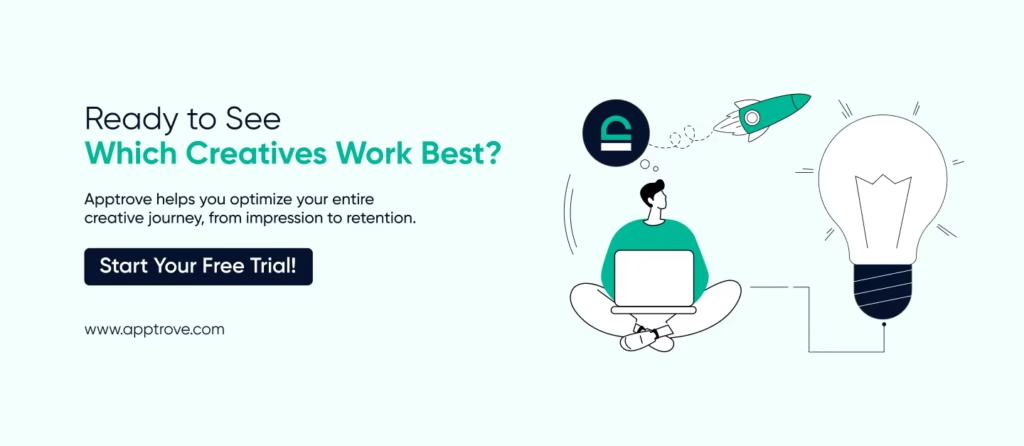
FAQs
1. Why is creative testing so important for mobile ad success?
Creative testing removes guesswork by identifying which ad elements (images, copy, CTAs) drive the best performance. Since creatives influence 56% of sales ROI (Nielsen), testing ensures you’re not wasting budget on underperforming ads.
2. What’s the difference between A/B testing and multivariate creative testing?
A/B testing compares two versions of a single variable (e.g., headline A vs. B), while multivariate testing examines multiple combinations (e.g., headline + image + CTA). Use A/B for simplicity and multivariate for deeper insights—but avoid testing too many variables at once.
3. How often should I refresh my ad creatives to avoid fatigue?
Test new creatives every 10–14 days to combat fatigue. Signs of fatigue include declining CTRs or higher CPIs. Always have a backup winning ad before retiring old ones.
4. Which creative elements have the biggest impact on conversions?
Top elements to test:
First 3 seconds of video ads (hook viewers fast)
CTA placement & wording (e.g., “Try Free” vs. “Download Now”)
Ad format (video vs. playable vs. static)
Localization (language, cultural references)
5. How can I test creatives effectively in a post-IDFA world?
With limited user-level data:
Focus on early conversion signals (e.g., swipe-ups, instant actions).
Use aggregated data (e.g., SKAN metrics) to infer creative performance.
Leverage contextual personalization (audience + creative alignment).
